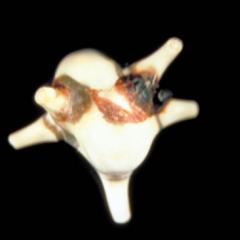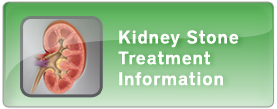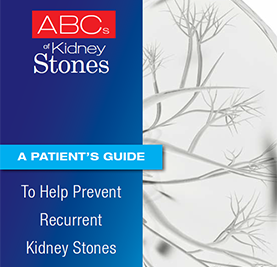- Home
- For Patients
For Patients
What is stone disease?


See more photos
In kidney stone disease, mineral substances that are normally present in the urine become concentrated and bind together, forming solid crystal structures. These crystals can vary widely in size. Some stay very small and simply pass out of the body in the urine. Others remain in the kidney, continuing to grow until they are too large to travel easily or comfortably through the ureter, the tube that connects the kidney to the bladder. If a larger stone becomes wedged in the ureter, it causes obstruction and restricts the passage of urine, which results in significant pain.
Kidney stone symptoms and diagnosis
The most common symptoms of a kidney stone include tenderness or acute pain in the flank (side), blood in the urine, a frequent urge to urinate, and nausea. Fever and chills can also occur and may indicate an infection.1,2
Specific symptoms may differ based on the actual size, shape, and location of the stone. Most stones do not cause any symptoms in the early stages of formation. Symptoms occur when larger stones begin to move out of the kidney.1,2
A diagnosis of kidney stones is confirmed by diagnostic imaging, such as X-ray or ultrasound. Urine and/or blood tests may also be used. For patients with recurring stones, more detailed studies are usually prescribed.2
How are stones treated?
Most kidney stones are treated with pain medication and drinking lots of fluids until the stone passes. Surgery is usually needed only in rare cases. The next key to therapy is simple: preventing recurrence. Fortunately, the most common types of stones (calcium and uric acid) can be effectively managed with a combination of medication and diet/lifestyle changes. Medicine includes thiazide diuretics, potassium citrate, and allopurinol in appropriate patients.
- National Kidney and Urologic Disease Information Clearinghouse [Internet]. Kidney stones in adults [cited 2011 Jan 6]..
- Medline Plus [Internet]. Kidney stones [cited 2011 Jan 6]. Available from: http://www.nlm.nih.gov/medlineplus/ency/article/000458.htm.
This information is intended to augment, not replace, the advice of your doctor. If you have any questions about this content, please talk to your doctor.


